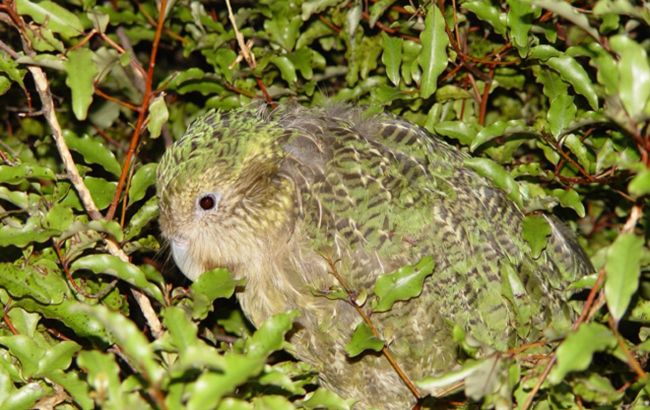Mythical bird lost for 100 years is found alive with entire flock
 Photo: A rare bird has returned (wikipedia.org)
Photo: A rare bird has returned (wikipedia.org)
A real zoological sensation has occurred in Australia! The night parrot, a small green-and-yellow bird long considered almost mythical, has resurfaced after a century of silence. Scientists not only confirmed its existence but also discovered what is likely the largest population in the world, reports the Daily Express.
Hunting the ghost bird
The night parrot (Pezoporus occidentalis) is a true master of camouflage. It is nocturnal, making monitoring and protecting it extremely challenging. For over 100 years, this species had not been observed by researchers in its native Australian habitat.
To locate the elusive bird, from 2020 to 2023, rangers and scientists carried out a large-scale mission in the Ngururrpa region. They installed dozens of devices to track the parrot, understand survival risks, and develop a conservation plan.
Super-sensitive audio recorders, known as songmeters, played a key role in the search. These devices recorded all sounds, hoping to capture the parrot's distinctive calls, and they succeeded!
According to ecologist Nick Leseburg, one of the study's authors, the birds' sounds are very distinctive.
"One of the night parrot's diverse array of calls sounded like 'didly dip, didly dip', like a telephone. Another sounded like 'dink dink', resembling a bell," the scientist explains.
When the recorders confirmed the parrot's presence, camera traps were deployed. The cameras not only captured images of the birds but also helped identify the predators hunting them.

Night parrot (photo: visit.museum.wa.gov.au)
Unexpected neighbors and the main threat
The study revealed that dingoes are often heard near the parrots' habitat, but they do not seem to pose a major problem. Wild cats, however, present a much more serious threat as skilled nocturnal hunters.
The results are impressive: a population of at least 50 individuals was discovered. This is the largest group of night parrots ever found in the world.
This species is so rare that it is listed on the IUCN Red List as critically endangered. As of 2022, estimates suggested only 40 to 500 left in the wild.
This discovery shows how effective collaboration between rangers and scientists can be. It offers hope that even species once considered nearly lost can still be saved.

